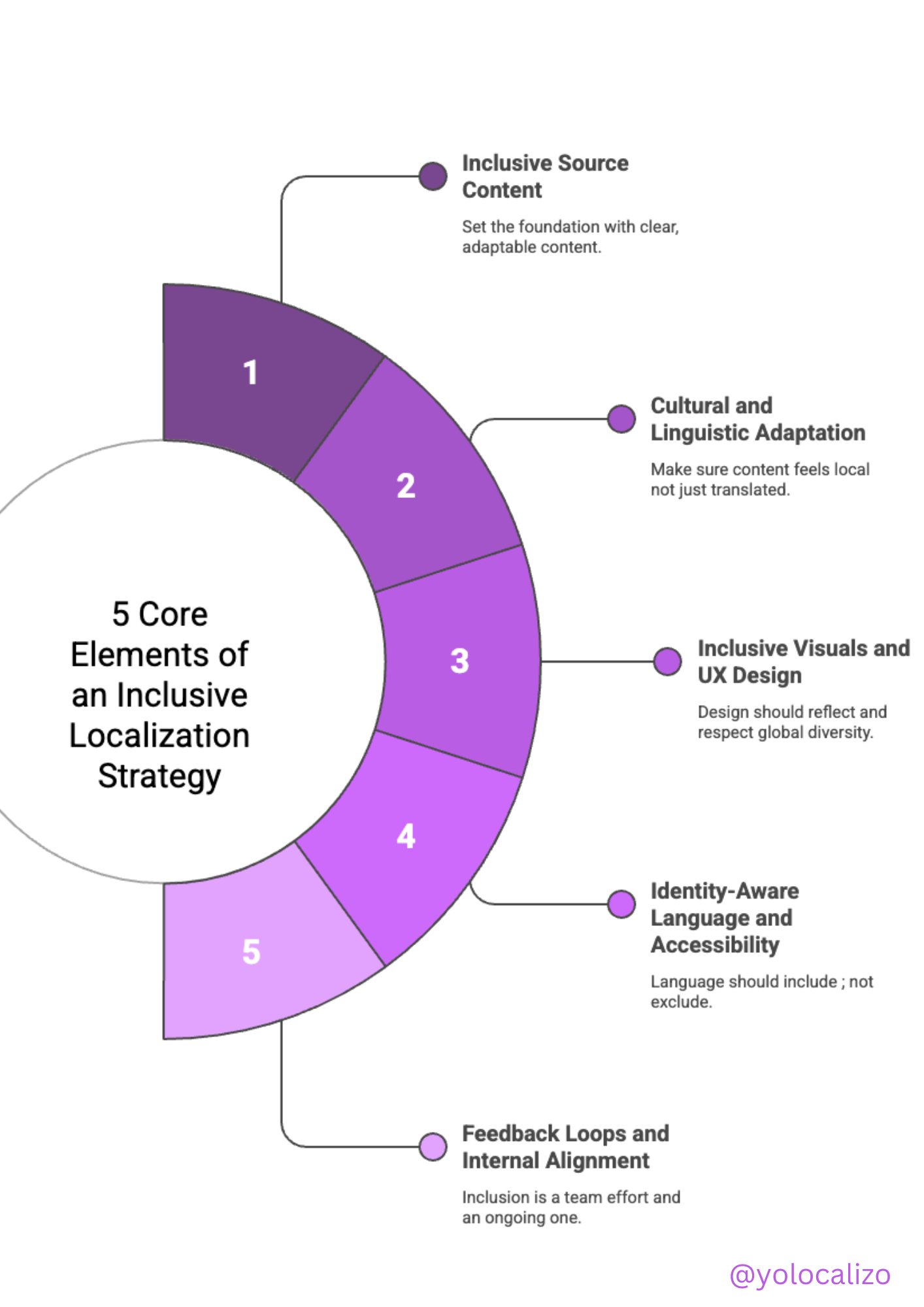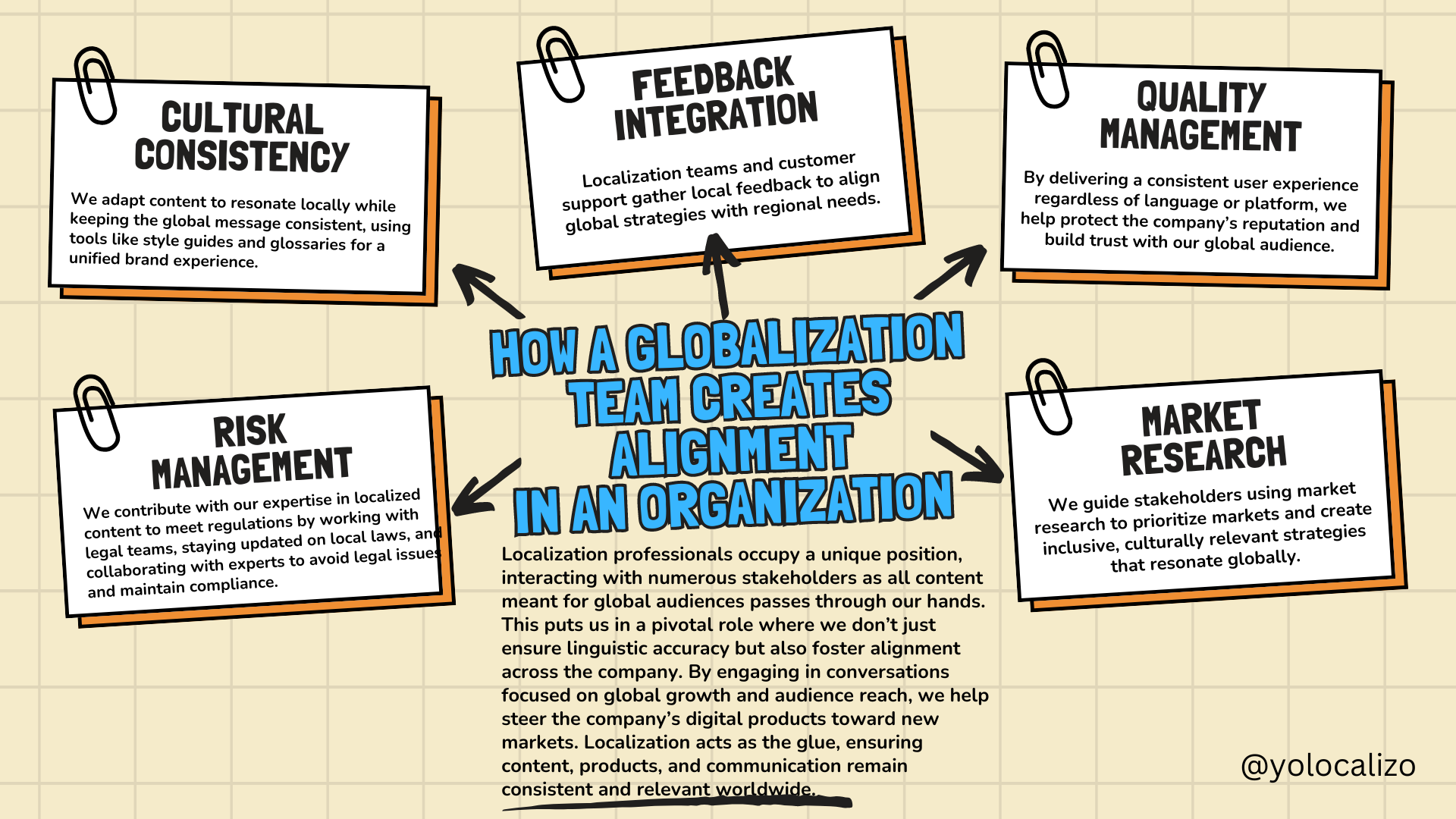How the Globalization Team Creates Alignment
Words are incredibly powerful—coming from someone who “works” with words, you might think, “Of course, you'd say that.” 😊 But seriously, language shapes perceptions, and those perceptions influence how we view the world. They guide our decisions and lead us to make one choice over another. That’s why choosing the right words is crucial if we want to inspire the right actions.
Words can lift us up or bring us down.
One of my favorite techniques to shape reality with the right words is reframing.
Reframing is about changing how information or situations are presented to shift perceptions and, ultimately, influence responses or actions.
I read a book on this topic by one of my favorite authors, Scott Adams, called Reframe Your Brain. You might recognize him as the creator of the comic strip Dilbert.
Reframe Your Brain" by the unique and sharp creator of the Dilbert comic teaches us a collection of tricks to change perception through words
Reframing can motivate us, so projects we’re working on don’t have to feel like obstacles; they can be seen as challenges that provide great opportunities for growth.
Reframing can also help us deal with tough situations, like getting laid off.
Instead of saying, I’ve been laid off, we can think of it as, I’m exploring new paths and opening doors to exciting opportunities that align better with my future goals.
It’s a technique that, when used well, can be incredibly persuasive.
Steve Jobs was a master of it. He used it perfectly when convincing John Scully to leave his role as CEO of Pepsi and join Apple. Jobs shifted Scully’s perspective with this question:
"Do you want to sell sugar water for the rest of your life, or do you want to come with me and change the world?"
Put that way, Scully’s job at Pepsi suddenly sounded like he was running a lemonade stand 😊, though I’m sure being CEO of Pepsi is much more than just selling sugar water!
In the world of localization, I see plenty of opportunities for reframing as well. We could see our role as just a translation team or think of ourselves as a team that doesn’t just translate but helps align strategies across the company. We ensure that our global content is consistent, culturally relevant, and strategically in line with business goals. 😊
This week’s post is about how the role of a localization professional helps companies create alignment.
The Role of a Localization Team
Localization teams hold a unique position within a company. Sooner or later, any content that reaches a global audience passes through our hands. This means we interact with a wide range of stakeholders. With so many stakeholders involved (see the infographic below), we have countless opportunities to create alignment and engage in the right conversations; conversations that focus more on how we can help our company’s digital products grow and reach new audiences rather than just talking about whether localization is a cost center or discussing ROI.
Below are five ways localization helps stakeholders and, in a way, acts as the glue that holds the company together. That’s how I see it, at least. Localization is the glue that ensures a company’s content, products, and communication remain consistent and relevant across different markets.
Click HERE to downlaod the infographic
1. Cultural Consistency
In my experience working with localization teams, I’ve seen how important it is to keep a company’s message, branding, and tone consistent across languages and cultures. What we do goes beyond just translating. "Just translating" is what you find in microwave instructions—text that isn't meant to appeal to emotions or be culturally relevant. In that context, it's just about giving basic instructions on how to heat things up (for me, that’s usually milk or making popcorn, which are my top two microwave uses!). It’s about adapting content so that it resonates with local audiences while staying aligned with the company’s global vision. How do we do this? The localization trifecta comes into play: style guides, glossaries, and translation memories, ensuring the brand is consistently represented around the world. This way, users get a cohesive, familiar experience with the brand no matter where users are.
2. Feedback Integration
Localization teams, together with their peers in customer support, are in an excellent position to gather feedback from local markets and integrate it into the product development process. This feedback loop helps align global strategies with regional user preferences and trends. Keeping an eye on social media, forums, or customer support inboxes brings great opportunities to learn about our end users' features and real opinions about the product.
3. Quality Management
It’s hard to talk about localization without mentioning quality. Few things get a localization professional more excited than quality and how to measure it, even though we rarely agree on the specifics 😊. Still, quality management is crucial to what we do. It ensures that localized content matches the original across all channels—whether it’s a mobile app, desktop app, website, or social media. By delivering a consistent experience for users, regardless of language or platform, we help protect the company’s reputation and build trust with our global audience.
4. Market Research
As localization professionals, we play a key role in guiding our stakeholders by using market research to navigate the many languages and opportunities available globally. We help them decide where to focus their efforts, which markets to prioritize, and how to create inclusive language experiences in a diverse world. By providing insights into cultural differences, language nuances, and local preferences, we help shape strategies so that content feels relevant, respectful, and authentic in each region.
5. Risk Management
We ensure that all localized content meets local regulations by closely collaborating with legal teams and conducting thorough research on country-specific laws. This includes staying up-to-date on legal requirements for privacy, advertising, product labeling, and other regulations that vary between regions. We also work with local experts to review content before it’s released. By doing this, we help the company avoid legal issues and ensure that global content stays compliant with both local and international standards.
In Conclusion
Just as words shape perceptions, alignment ensures that everyone knows their role and understands the next steps to move projects forward. In localization, alignment is not just something that happens at the end; it’s something we work on before, during, and after each project. Our job is to make sure that the global vision is clear and that each market receives content that feels tailored and culturally relevant.
By reframing the way we approach localization, we create alignment across the company, ensuring that content, strategies, and goals are all in sync; we, as localization professionals, use tools like market research, quality management, and feedback integration to keep global teams on the same page.
Ultimately, our work helps ensure that the company’s global efforts are cohesive and that each user, regardless of location, feels connected to the brand. The power of reframing helps us shift the focus from translation as a task to localization as a strategic driver of alignment
@yolocalizo













Localizability has always been a challenge small issues in source content often lead to big problems later in translation. In this post, I explore how AI is giving localization teams a powerful new way to improve source quality, reduce friction, and create better content for every market right from the start.